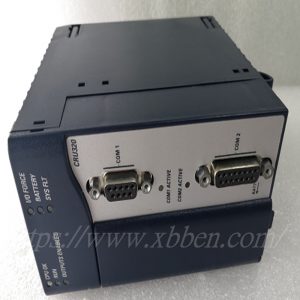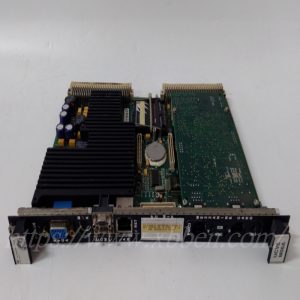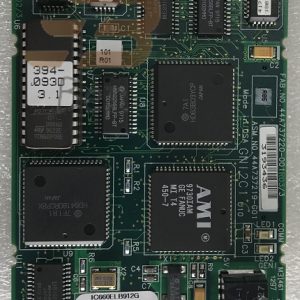IS220UCSAH1A Embedded control module
The IS220UCSAH1A is an embedded control module that is part of the Mark VIe family used in GE distributed turbine control systems. Running in the module is the Power QUICC II Pro Freescale processor, operating at 667 MHz, which can meet the needs of various industrial automation applications with efficient processing power.
In addition, the module is connected through two 10/100BaseTX Ethernet ports, enabling high-speed, stable network communication, enabling real-time data exchange with other devices or systems, enabling real-time monitoring and control of industrial processes.
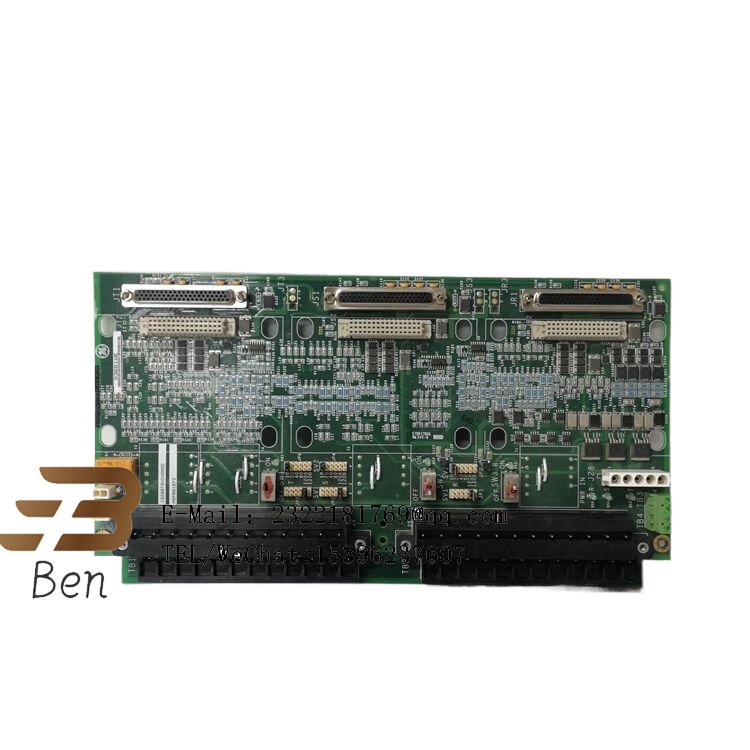
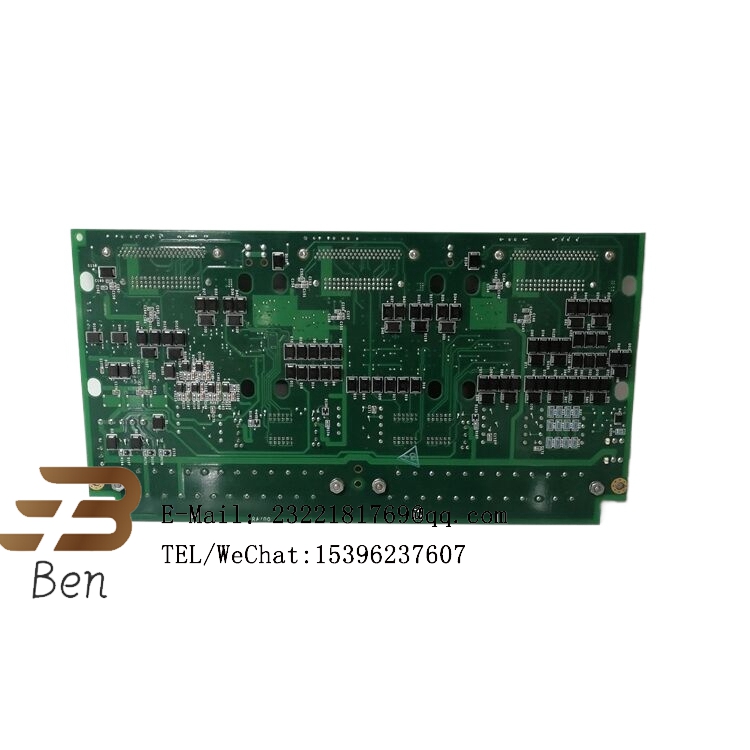
The IS220UCSAH1A is also used in control pulse applications and can generate and control pulse signals for driving and controlling motion systems, actuators or other devices requiring precise pulse control. It usually has high-speed control capabilities, which can meet the requirements for precise control and high-speed motion, ensuring the stability and accuracy of the system. At the same time, the module also has flexible configuration and programmability, which can be set and adjusted according to specific application requirements, and supports different control algorithms and parameter configurations.
The IS220UCSAH1A is also a rack-mounted power supply board commonly used in industrial control systems. It has the advantages of high reliability, high performance and easy configuration. Through slot configuration and jumper Settings at the bottom of the rack, the power board can be combined with other modules (such as PLC modules and VME modules) to flexibly meet the needs of different users and realize the integration and optimization of various industrial control systems.
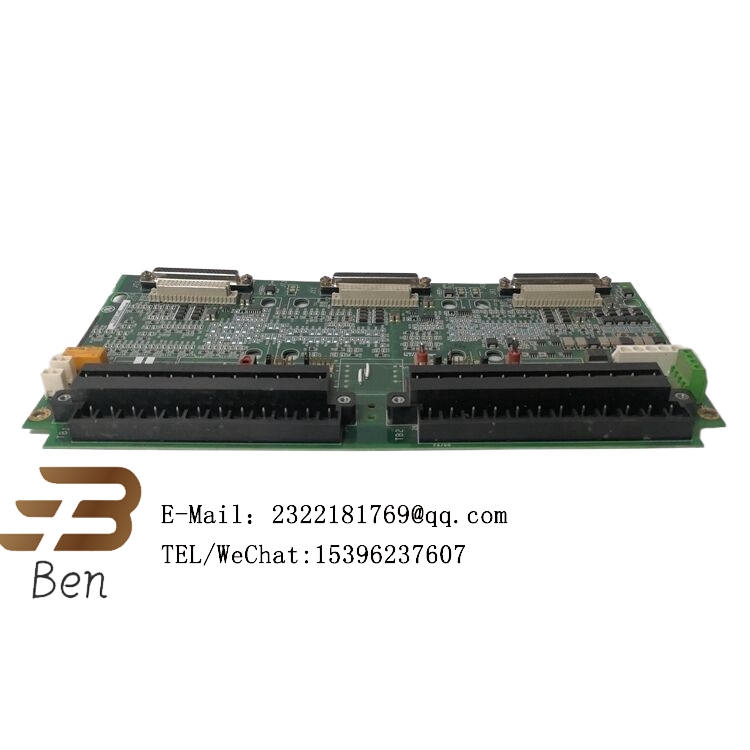
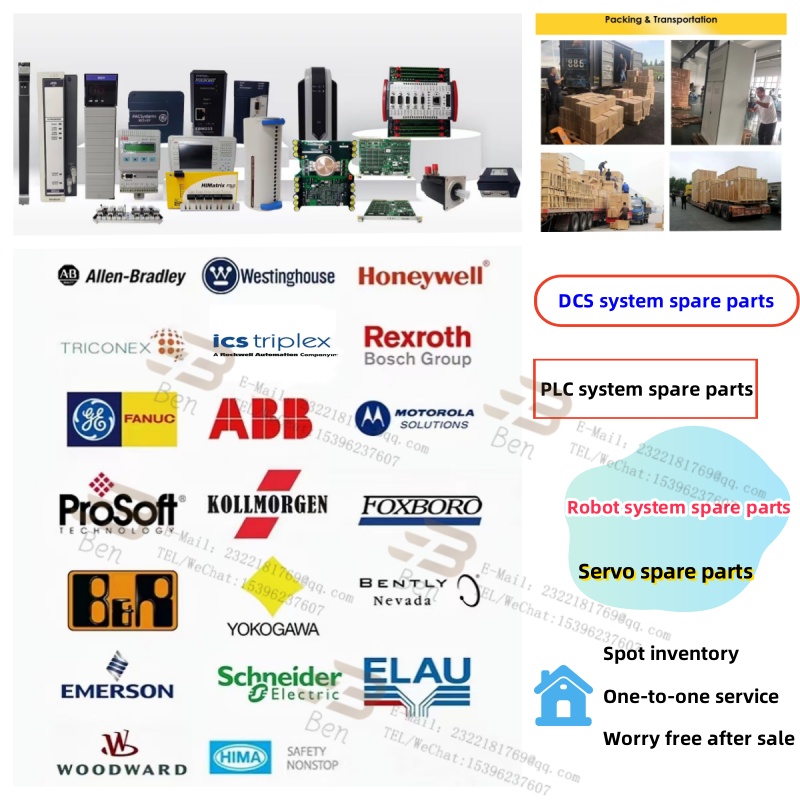
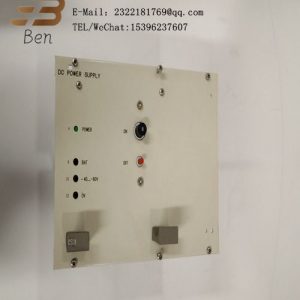
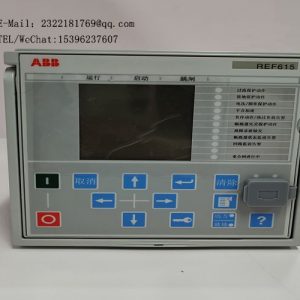
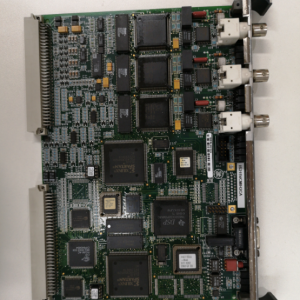
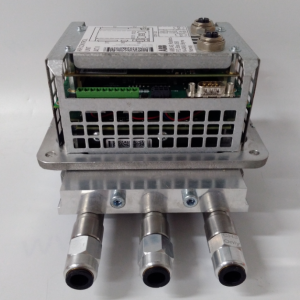
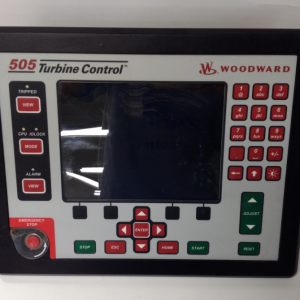
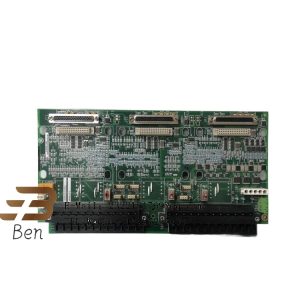
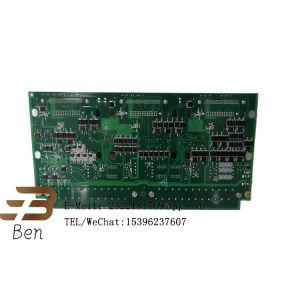
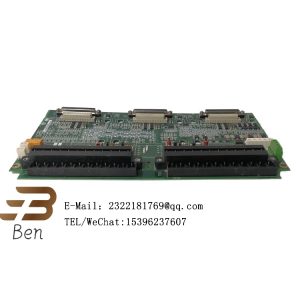
.png)
